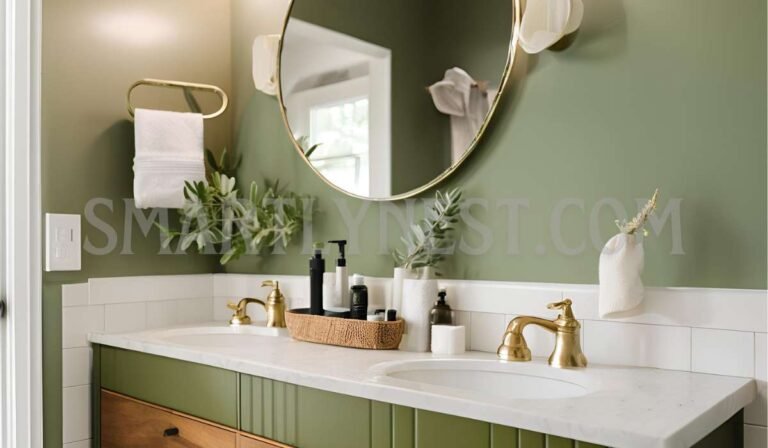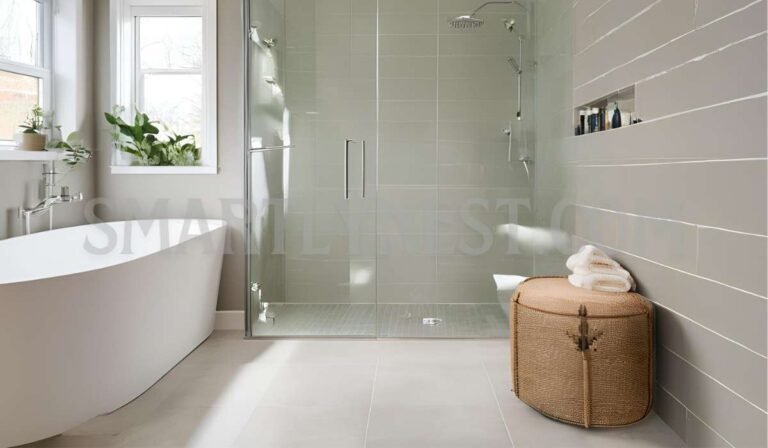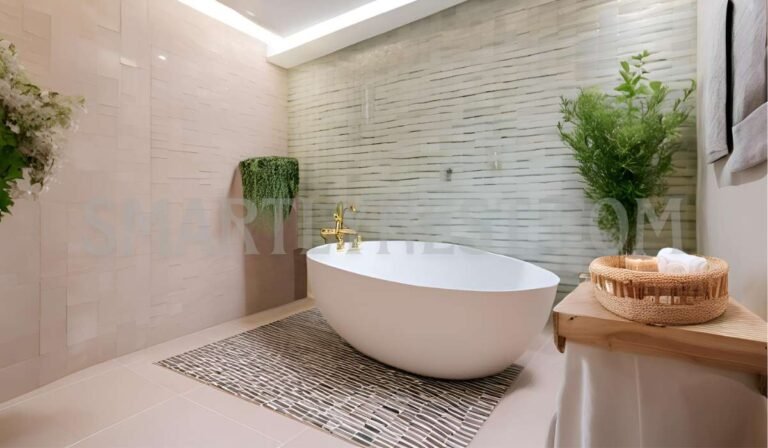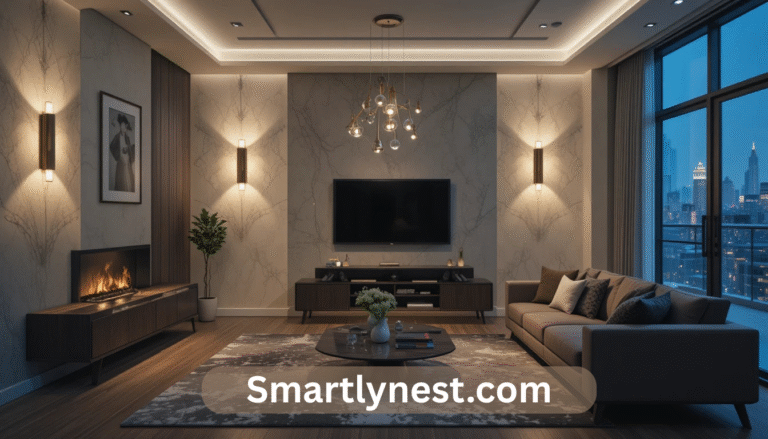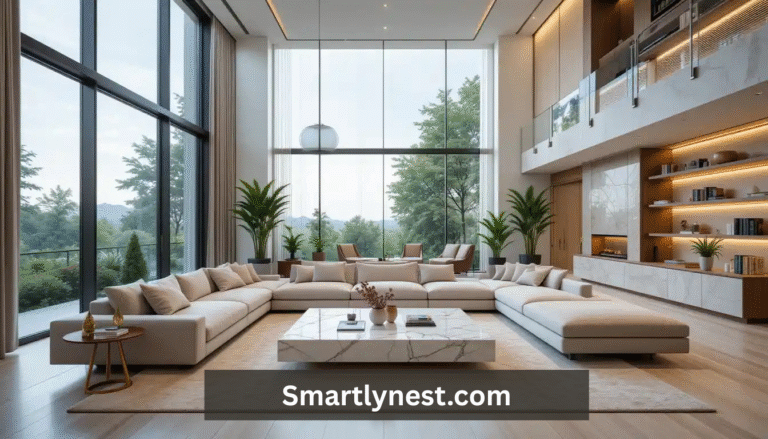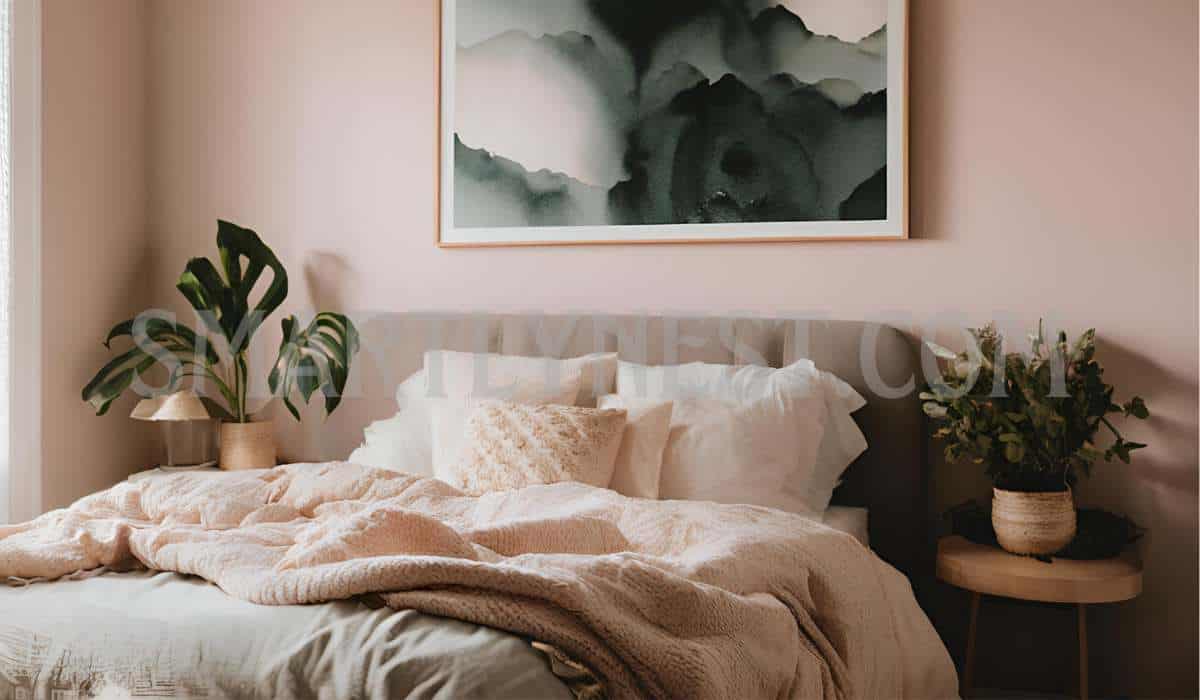
Creating a moody bedroom is an invitation to embrace a design aesthetic that marries sophistication with coziness. A moody bedroom doesn’t simply focus on dark colors—it’s about creating a layered, immersive space where comfort meets bold design. Whether you’re drawn to dramatic palettes, lush fabrics, or thoughtful lighting, this guide will show you how to transform your sleep space into a sanctuary.
Choosing the Right Color Palette
Understanding Color Psychology
Dark, rich tones are central to the moody aesthetic. These colors evoke calmness, grounding, and intimacy. Here are some of the most effective colors for a moody bedroom:
| Color | Mood | Complementary Accents |
|---|---|---|
| Deep Navy Blue | Serenity, depth | Brass, cream, or soft grays |
| Charcoal Gray | Sophistication, neutrality | Blush pink, white, or wood tones |
| Emerald Green | Luxury, rejuvenation | Gold, tan, or light beige |
| Burgundy or Plum | Passion, richness | Champagne, silver, or ivory |
Incorporating Accent Colors
While dark walls set the tone, accents are essential for balance and interest. Use lighter tones or metallic finishes to avoid a heavy, overbearing look. For instance:
- Throw pillows in metallic or jewel tones like gold or ruby red.
- Artwork or picture frames in lighter wood or brushed silver.
- Bedding in off-white or cream to brighten the darker surroundings.
Case Study: Successful Color Schemes
Consider a bedroom painted in deep navy blue. The addition of brass light fixtures, a soft cream headboard, and wooden side tables can create a harmonious look. Contrast can be further achieved with white or gold accents, making the space inviting and dynamic.
Also read: Moody Paint For Living Room
Lighting: Setting the Mood
Layered Lighting Approach
Lighting is fundamental to any moody bedroom. The key is layering different types of lighting:
- Ambient Lighting: Provides overall illumination.
- Examples: Chandeliers, recessed lighting, or flush mounts.
- Task Lighting: Focuses on specific areas.
- Examples: Bedside table lamps, reading lights.
- Accent Lighting: Highlights decorative features.
- Examples: Wall sconces, LED strip lighting under shelves.
Choosing Light Bulbs
- Warm Light: Mimics natural sunlight and enhances the cozy atmosphere.
- Dimmable Bulbs: Allows for mood adjustments depending on time of day.
- Smart Bulbs: Change colors or brightness via smartphone apps, offering ultimate flexibility.
Highlighting Architectural Features
Use lighting to draw attention to unique room features. For example:
- Place LED strip lights behind a headboard for a soft glow.
- Use sconces to illuminate textured walls or architectural details.
Furniture Selection and Placement
Choosing Appropriate Furniture Styles
A moody bedroom benefits from furniture that complements its aesthetic. Opt for:
- Dark Wood Finishes: Walnut, mahogany, or ebony.
- Upholstered Pieces: Velvet or leather headboards.
- Unique Statement Pieces: Like an antique dresser or a canopy bed.
Optimal Furniture Arrangement
Furniture placement impacts both functionality and aesthetics. Key tips:
- Position the bed as the focal point, often against the darkest or accent wall.
- Maintain balance by placing bedside tables on both sides of the bed.
- Avoid overcrowding; prioritize open space for ease of movement.
Incorporating Statement Pieces
Consider adding a vintage mirror or a bold canopy bed. Statement pieces can elevate the room while staying true to the moody theme.
Textures and Fabrics
Layering Textures for Depth
Combining textures adds richness to the bedroom. Examples include:
- Velvet curtains paired with a silk bedspread.
- Faux fur throws on a leather bench.
- Textured rugs layered over hardwood floors.
Selecting Bedding and Curtains
Investing in quality fabrics enhances both comfort and aesthetics. Suggestions:
- Bedding: Egyptian cotton sheets, linen duvet covers, and quilted throws.
- Curtains: Opt for blackout curtains in velvet or heavy linen to block light and add drama.
Incorporating Rugs and Throws
A plush rug under the bed or a handwoven throw on an armchair adds visual interest and warmth. Choose materials like wool or jute for durability and texture.
Wall Treatments and Decorations
Accent Walls and Wallpapers
Accent walls are a hallmark of moody bedrooms. Techniques:
- Use dark floral or geometric patterned wallpapers.
- Paint a single wall in a bold, rich color to create depth.
Artwork and Mirrors
Art and mirrors enhance the personality of the space. Suggestions:
- Artwork: Opt for pieces with dark frames or moody, abstract designs.
- Mirrors: Position large mirrors to reflect light and add dimension.
Incorporating Personal Touches
Infuse your personality by:
- Displaying cherished photographs in cohesive frames.
- Adding a DIY art piece for a unique touch.
Flooring Options
Choosing Suitable Flooring Materials
The right flooring can tie the room together. Options include:
- Dark Hardwood: Timeless and elegant.
- Deep-Toned Carpets: Soft underfoot and noise-dampening.
- Luxury Vinyl Planks: Durable and budget-friendly.
Enhancing Floors with Rugs
- Layer rugs for added depth and texture.
- Choose patterns like Persian or Moroccan designs for a moody, luxurious feel.
Incorporating Plants and Natural Elements
Selecting Appropriate Indoor Plants
Low-light plants thrive in moody bedrooms. Examples:
- Snake Plant: Requires minimal maintenance.
- Pothos: Hardy and cascading.
- ZZ Plant: Perfect for low-light corners.
Arranging Plants for Aesthetic Appeal
Group plants of varying heights for visual interest. Use:
- Hanging planters to save space.
- Decorative pots in dark or metallic tones.
Natural Materials in Decor
Incorporate wood, stone, or metal accents to balance the dark palette. For instance:
- A reclaimed wood side table.
- Marble trays for accessories.
Maintaining Balance: Avoiding Overwhelm
The Importance of Negative Space
Negative space prevents the room from feeling cluttered. Tips:
- Leave some walls bare to create visual relief.
- Keep decor minimal on surfaces.
Balancing Dark and Light Elements
Add lighter accents to prevent a heavy atmosphere. Suggestions:
- Light-colored pillows or throws.
- Reflective surfaces like mirrors or metallic decor.
Regular Maintenance Tips
Keep the space clean and fresh:
- Dust regularly to maintain dark surfaces.
- Rotate decor seasonally for variety.
Writer’s Opinion: Embracing the Moody Aesthetic
Creating a moody bedroom is both rewarding and transformative. From personal experience, it’s a design choice that fosters serenity and individuality. While many worry about dark colors making a room feel small or gloomy, I’ve found that thoughtful lighting and balance can dispel such concerns. The key is embracing what feels authentic to you, whether that’s a lush velvet bedspread or bold, dramatic walls.
Frequently Asked Questions (FAQ)
Is a moody bedroom suitable for small spaces?
Yes, small bedrooms can still embrace a moody aesthetic. Use mirrors to reflect light and stick to one or two dark walls to avoid overwhelming the space.
How can I add a moody feel without painting the walls?
Incorporate dark furniture, rich textiles, and ambient lighting to create a moody atmosphere.
Will dark colors make my bedroom feel depressing?
Not if balanced with warm lighting, layered textures, and lighter accents. Dark colors can create a cozy, inviting ambiance when done right.
How do I balance a moody bedroom with the rest of my home’s decor?
Use transitional elements like matching accent colors or similar furniture styles to create a cohesive flow.
What if I want to change the theme later?
Stick to easily replaceable elements like textiles, art, and lighting. Avoid permanent features like painted walls if you’re unsure.
Conclusion: Your Journey to a Moody Bedroom Sanctuary
A moody bedroom isn’t just about aesthetics—it’s about creating a personal retreat where every detail contributes to comfort, relaxation, and style. From selecting the right color palette to layering textures, lighting, and incorporating natural elements, the possibilities are endless. By focusing on balance, negative space, and thoughtful decor, you can design a room that feels both dramatic and welcoming.
The beauty of a moody bedroom lies in its versatility and ability to reflect your personality. Whether you’re drawn to the richness of deep hues, the coziness of plush fabrics, or the sophistication of curated accents, this guide provides all the tools you need to make it a reality. Take inspiration, experiment with ideas, and transform your bedroom into a sanctuary that feels like a warm embrace every time you step inside.

